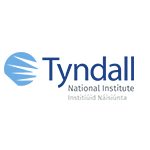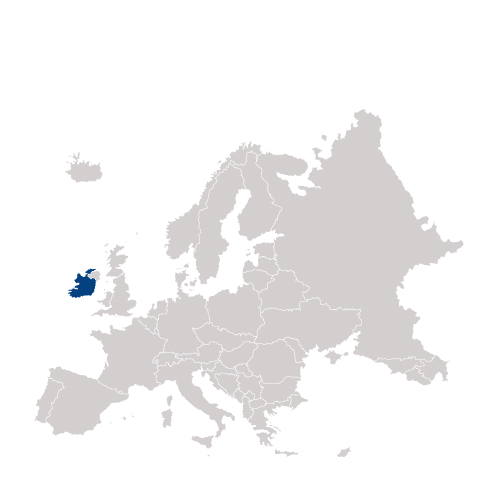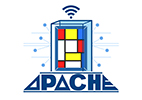Tyndall Institute – University of Cork
 Tyndall National Institute is one of Europe’s leading research centres in Information and Communication Technology (ICT) research and development and the largest facility of its type in Ireland. Established in 2004 as successor of the National Microelectronic Research Centre (NMRC founded in 1982) at University College Cork, the Institute employs over 460 researchers, engineers and support staff, with a full-time graduate cohort of 135 students, and generates over 200 peer-reviewed publications each year.
Tyndall National Institute is one of Europe’s leading research centres in Information and Communication Technology (ICT) research and development and the largest facility of its type in Ireland. Established in 2004 as successor of the National Microelectronic Research Centre (NMRC founded in 1982) at University College Cork, the Institute employs over 460 researchers, engineers and support staff, with a full-time graduate cohort of 135 students, and generates over 200 peer-reviewed publications each year.
With a network of 200 industry and customers worldwide, Tyndall generates 85% of its €30 M each year from competitively won contracts. Tyndall is also lead partner in European research partnership in its core areas of ICT, energy, health and the environment worth €48 M from Framework 7, including €10 M to industry in Ireland. Hosting the only fully complementary metal oxide semiconductor (CMOS) integrated circuit, micro-electronic mechanical systems (MEMS) and III-V wafer semiconductor fabrication facilities and services in Ireland, Tyndall National Institute is a globally leading centre in photonics, microsystems, micro/nanoelectronics and theory, modelling and design.
Expertise and infrastructure related to the project
Tyndall-UCC will contribute to the project through the combined and complementary expertise of the Nanotechnology (NTG) and Wireless Sensor Network (WSN). Specifically, the NTG team activities will focus on fabrication and development of VOC sensor platforms based on laser-induced graphene (LIG) techniques whereas the WSN team activities will consist in sensor integration and specifically hardware platform development for short range (NFC/RDID tags) and long range (WSN tags) wireless sensors. Tyndall-UCC will also support other’s platforms integration through planned joint activities with FORTH, ERICSSON and IONFLY.
In particular, the following activities are planned:
• Fabrication and characterisation of VOC sensors
• Fabrication and characterisation of electrodes for humidity sensors
• Embedded hardware design for short and long range tags
• RF/antenna EM simulations for short and long range tags
• Integration, characterization and test of fabricated platforms
Infrastructure relevant for the project include:
- Laser engraving machines with laser illumination at 405 nm, 450 nm and 10.6 m
- Scanning Electron microscopy
- Electrical and electrochemical characterisation probe stations
- FTIR-ATR
- Raman spectroscopy
LOCATION

